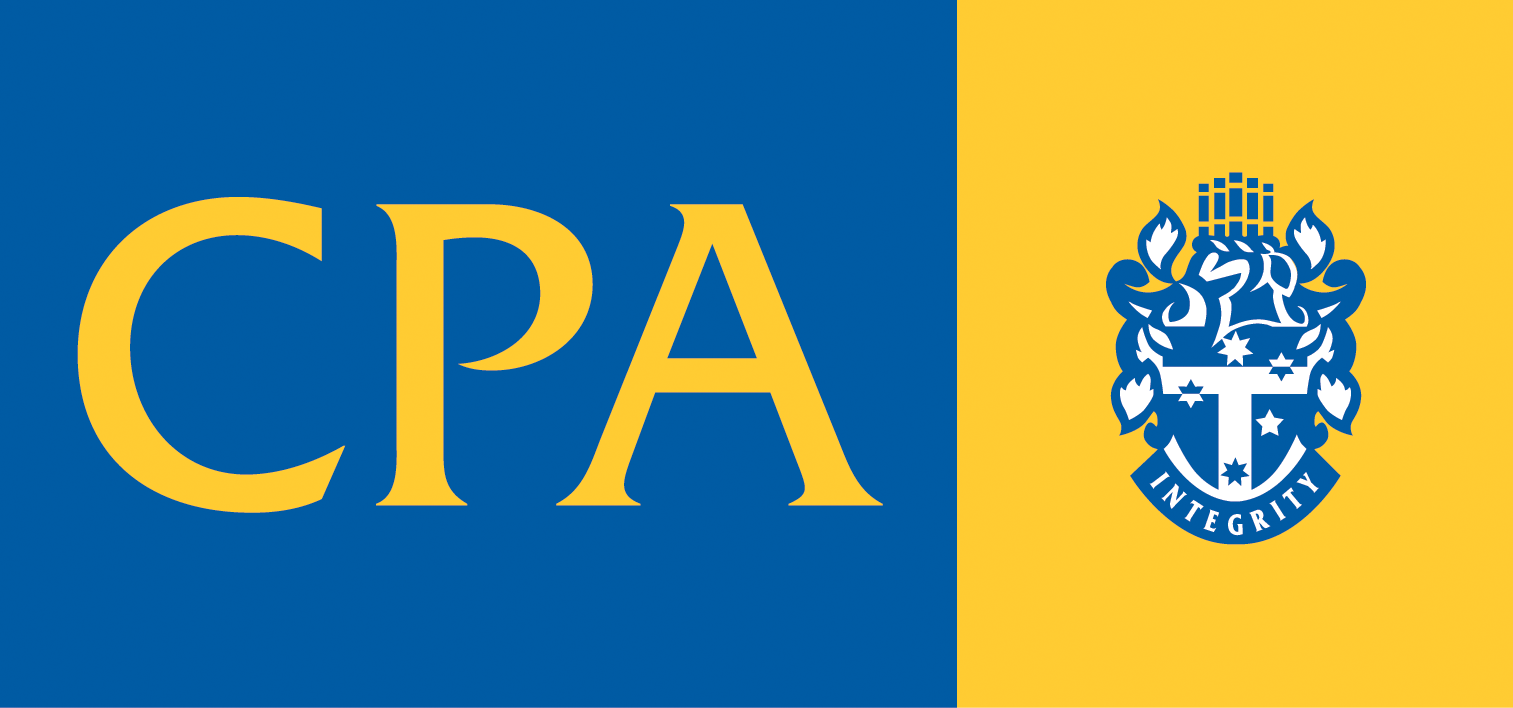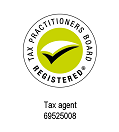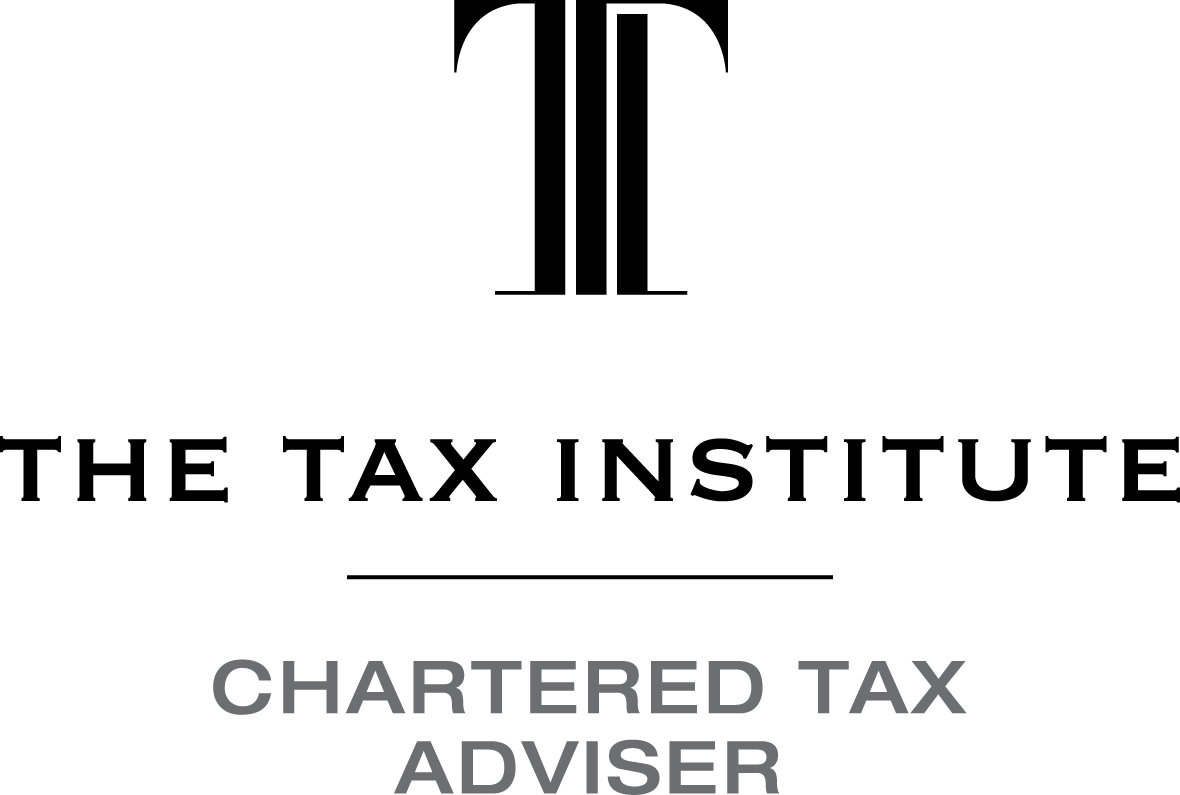ATO Targets for 2015
The new tax year has brought with it some new measures by the Australian Taxation Office to crack down on those who are incorrectly claiming tax deductions.
Rather than targeting specific occupations, as they have done in the past, the ATO will instead be targeting specific deductions. Each year $19.5 billion work-related deductions are claimed by individual taxpayers so it is little wonder the ATO has decided to ensure these deductions are being claimed correctly. On the ATO's radar is work-related travel expenses and work-related claims relating to the use of mobile phones, computers and other devices.
The specific work-related travel claims that the ATO are looking into are overnight travel and motor vehicle travel between home and work.
The ATO is concerned about overnight travel due to the excessive claims that have been made by individuals in relation to their transport, accommodation and meals. The general rule is that an employee can only claim a travel deduction if their employer requires them to perform work for a short period of time away from their usual workplace and it would be unreasonable to expect the employee to return home each day.
All travel expenses must be substantiated or else the deduction will be disallowed in the event of an audit by the ATO. The only exception to this rule is if the employee received a travel allowance from their employer and their overnight travel expenses were less than or equal to the reasonable allowance amounts provided by the ATO.
A travel diary is required to be kept for all overnight travel of 6 or more consecutive nights. The exception to this rule is where the overnight travel is overseas travel in which case a travel diary is required to be kept regardless of the length of the trip. The diary is required to show the nature of each work or business activity, where it took place, when it took place and it's duration.
The table below will help you decide what type of records you need to keep to substantiate your overnight travel expenses.
For more information on overnight travel click here.
As you may know travel between your home and work place is not tax deductible and is considered to be private expenditure. However there are some exceptions to this rule. One such exception is when the transport of bulky tools and equipment is required for work. This is a commonly overclaimed deduction and it is important to note that there are a number of conditions that need to be met to allow this claim. These conditions are:
• It cannot be a matter of convenience or a personal choice to carry the equipment. If it is a matter of convenience or personal choice the costs are considered private and therefore no deduction is available.
• There must not be a secure place to store the equipment at the workplace.
• The tools and equipment must actually be bulky. A small toolbox in the back of a car is not considered to be bulky and therefore no deduction would be available.
• It must be a necessity and expected of the employee to carry his or her own bulky tools and equipment and have them readily available at each work site.
For more information on when you can claim home to work travel click here.
Claiming your telephone expenses on your tax return can be tricky. Whilst you may use your phone mostly for work you can't simply claim 100% of your phone expenses as a tax deduction. It is highly unlikely that the ATO will accept this percentage in the case of an audit.
To claim a deduction greater than $50 for phone and internet expenses you need to keep records for a 4 week representative period to show the work-related percentage of your claim. The simplest way to do this is to get a copy of your itemised bill and identify the work calls made and received on the phone and apportioning these over the total time spent on the phone for both work and private purposes.
For more information on how to calculate your work-related percentage of telephone and internet expenses click here.
Sources: Australian Taxation Office and Taxpayers Australia, September 2015
ADDRESS
82 High Street
North Rockhampton
QLD 4701
Australia
CALL US
EMAIL US
 CPA
CPA
 Tax Agent
Tax Agent
 Xero Silver Partner
Xero Silver Partner
 Tax Institute
Tax Institute
 NTAA
NTAA
 Reckon
Reckon
 MYOB
MYOB
Liability limited by a scheme approved under Professional Standards Legislation

